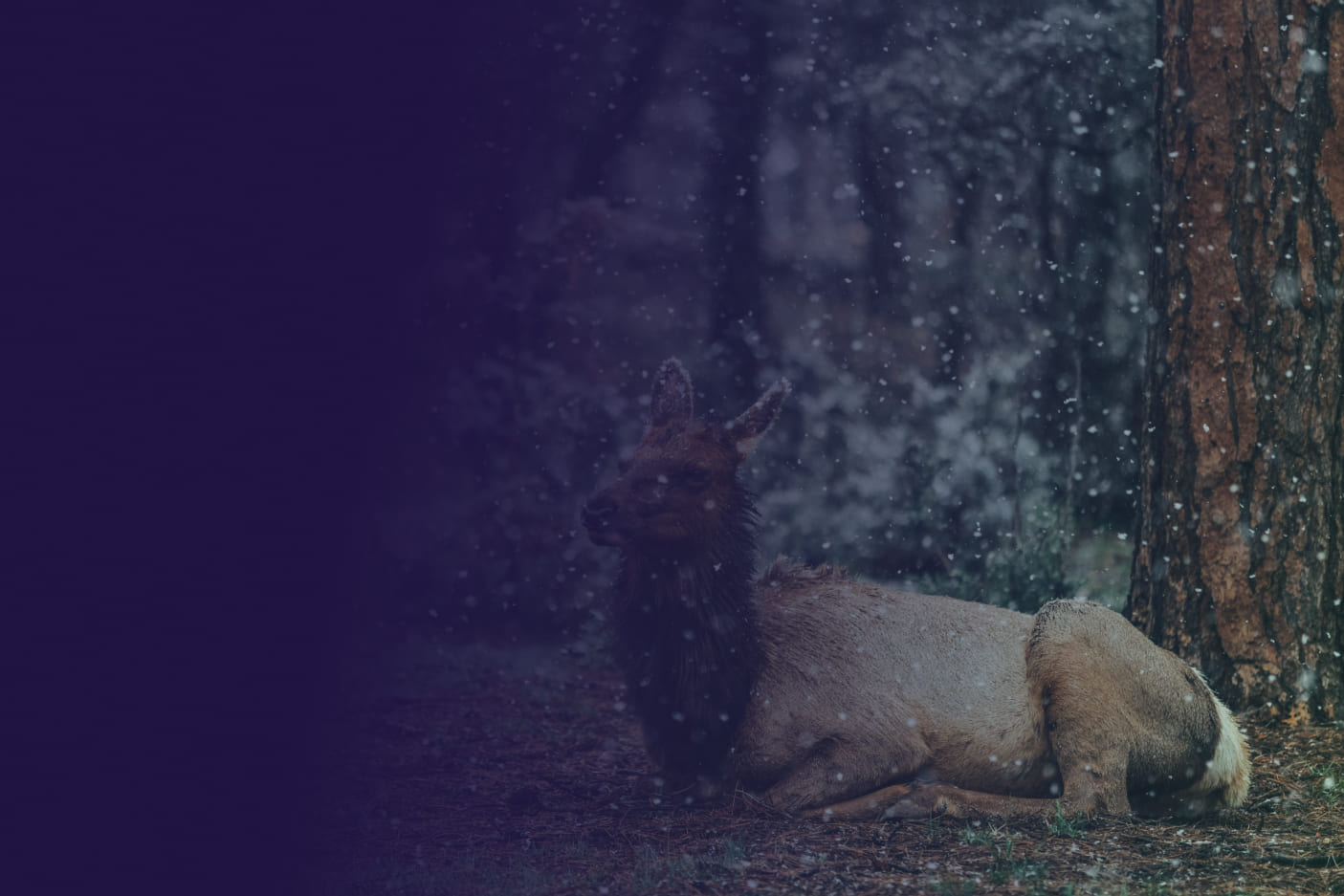The red deer, one of the largest deer species in the world, is a majestic inhabitant of forests and grasslands across Europe, Asia, and parts of North Africa. Known as a symbol of nobility and grace, red deer are particularly striking during the rutting season, when males grow their impressive antlers to compete for mates. These antlers, which can span over a meter, are shed and regrown annually, making them a testament to the deer's vitality and strength.
Red deer are highly adaptable, thriving in dense woodlands, mountainous regions, and open meadows. They are primarily herbivorous, feeding on grasses, leaves, and bark, which makes them an integral part of the ecosystem as seed dispersers and vegetation managers. During autumn, the forests come alive with the deep, resonant calls of stags as they assert dominance and attract females.
Though revered in folklore and art, red deer face threats from habitat encroachment, hunting, and climate change. However, in many regions, they are actively protected and even reintroduced into areas where they were once extinct. Watching a herd of red deer moving gracefully through a forest at dusk is a reminder of nature's enduring beauty and the need to safeguard it for future generations.
9Q84+X29, Chimna, Takhla Khurd, Madhya Pradesh 480492, India [email protected]


